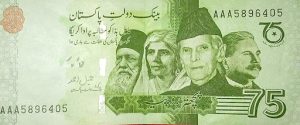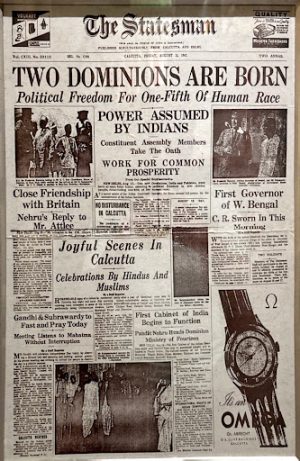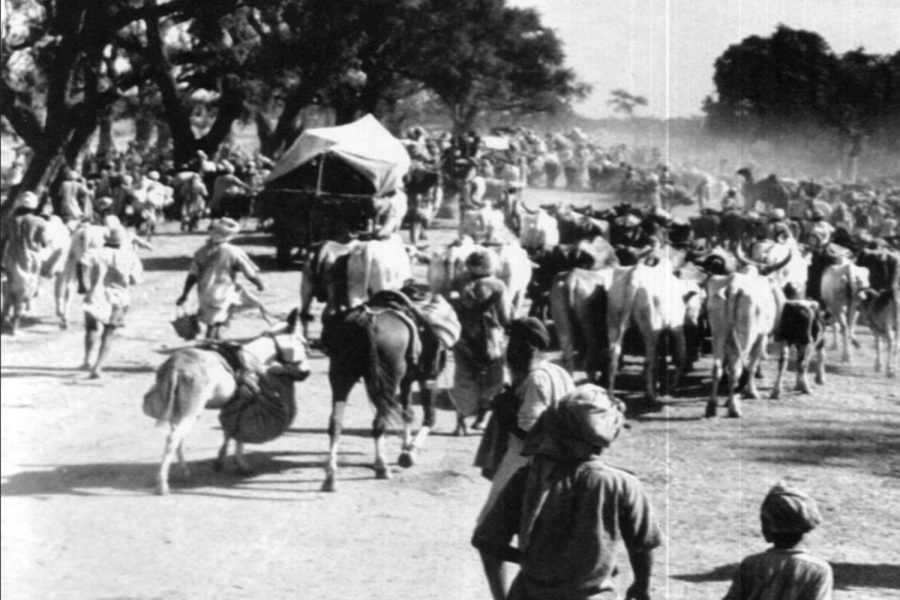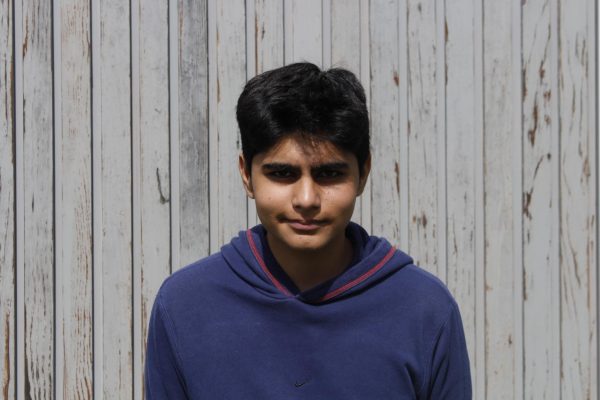India marks 75 years of becoming a republic Jan. 26. Prior to the partition, India became independent from British rule Aug. 15, 1947, and thus, the region was divided into two countries: India and Pakistan.
Following India’s independence, Muslim Indians were concerned about living in a country ruled by a Hindu majority, according to the BBC. Political leaders who advocated for a dedicated land for Muslims garnered support, and eventually, British civil servant Sir Cyril Radcliffe created a border dividing the subcontinent into the two countries.
Social Studies Teacher Sana Shafqat said, as a Pakistani, she has a positive view of the partition given that it granted religious and political freedoms to Muslims.
“At that time, a lot of the rights and political and religious freedoms of Muslims as a minority in the subcontinent were under attack, so partition was good for that population,” Shafqat said.
Dasha Rahman (’25), the Social Media Manager of the South Asia Club, said her Muslim grandparents living in India were displaced during the partition. Rahman said her father’s family moved in 1951 when riots became too violent, and eventually, they were separated between Bangladesh and Pakistan.

As a result of the Indian partition, which altered both geographical and political borders, roughly 15 million people were displaced and between 200,000 and one million died, with the leading factor being mass violence, according to the BBC.
Shafqat said her parents moved as a result of the partition. She said her mother’s family moved immediately and her father’s family relocated to Pakistan in 1948, as they initially thought they could continue to live in India as Pakistanis.
Rahman said the partition was upsetting since it severed relationships and cultural ties.
“There was so much violence during the partition, and as a result, relationships between Hindus and Muslims are not on good terms,” Rahman said. “It’s also really sad in a way, as it broke up so much culture, like where people can live harmoniously together.
Shamlu Dudeja, who now resides in Kolkata, India, said she witnessed the partition as a young girl. She lived in Karachi, now modern-day Pakistan, in a house that neighbored the local government assembly when The Dawn newspaper reported that Pakistan would be created.
“My sister and my brother, they both had their heads in my mother’s lap,” Dudeja said. “They were just too tense. They didn’t know what was happening. We were all in tears.”
Dudeja said she remembers peeking out from behind a curtain in her living room and watching in the building next door as Pakistan was officially formed.
“Mohammad Ali Jinnah, who was to become the first governor-general of Pakistan, came out of the building,” Dudeja said. “The green flag of Pakistan went up. Obviously, there was no hoisting or celebrations or anything like that. But, the flag went up, and I was right there.”
Furthermore, Dudeja said while living in Pakistan, she recalls being harassed by her peers on the bus.
“I used to go on a bus to school with Muslim girls, and they would pull my hair and say ‘Why are you here? Go to your country,’” Dudeja said. “I would come home crying, and this made my father decide to go back to India.”
Dudeja said her family had to leave everything behind and could only take what would fit inside one bag as they embarked on their journey to India. Dudeja said the family had no idea if they would ever be able to return to their home and retrieve their belongings.
“My mother used to sew clothes, and she decided to only pack her sewing machine with her,” Dudeja said. “The sewing machine we took with us could give us clothes for school and provide us with an income.”

Rahman said although most have shifted mindsets from the aftermath of the partition, some still feel the tension resulting from it.
“There’s definitely a population that has moved on from it,” Rahman said. “But, on the other hand, like within communities, it tends to be divided on religion. It’s not that people are extremely religious, but they are following racial division.”
Manmohan Kapur, a retired businessman who now lives in India, said he was only a few miles from the border that separated India from Pakistan when the partition took place. He said he has vivid memories of the communal violence between Hindus and Muslims.
“My house in the Old City was part of the Hindu colony, and behind the house opposite mine was a Muslim colony,” Kapur said. “When the partition started, both Hindus and Muslims started to burn each other’s houses. I could see flames and people running out of their homes.”
Kapur said the brutality of the partition was traumatizing.
“Seeing those flames, as a child, was horrifying,” he said. “That’s one of the reasons my father decided to move away. He said it wasn’t good for our mental state as children.”
Despite the horrors that accompanied Partition, Kapur said he is fortunate to have seen the positive side of humanity.
“Nobody died of hunger, because people opened their homes for people who weren’t even their relatives,” Kapur said. “People were hospitable, as they would give food and shelter to strangers.”
Though experiencing the bloodshed and hate of the partition, Dudeja said she has friends in Pakistan and writes math books for students living there.
“They liked my book so much that they invited me to go to Karachi, Lahore and Islamabad to meet the teachers and children and write another series,” Dudeja said. “So, for me, I have no dislike between Hindus and Muslims relationship.”
Ultimately, Shafqat said she hopes both countries will increase communication in the future.
“My wish is that the two countries begin to have a lot more contact in terms of soft power,” Shafqat said. “That’s the more realistic way to go about creating peace because I think once those things happen the public opinion changes because right now the politics are so polarized.”The partition of India and Pakistan displaced millions across the subcontinent Aug. 15, 1947. A mass exodus ensued, relocating many to regions that matched their cultural and religious beliefs.







